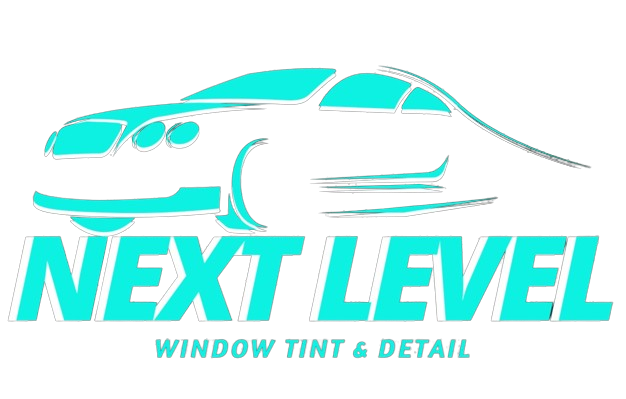Window tinting is often associated with reducing heat and glare during the summer months. However, it also offers significant benefits for winter driving, enhancing comfort, safety, and vehicle preservation.
Benefits of Window Tinting for Winter Driving
1. Enhanced Heat Retention
Window tinting acts as an insulating layer, reducing heat loss from the vehicle’s interior. This means your car retains warmth more effectively, leading to increased comfort during winter drives. Additionally, better heat retention can reduce the workload on your vehicle’s heating system, potentially improving fuel efficiency.
2. Glare Reduction
The winter sun often sits lower in the sky, causing increased glare that can impede driving visibility. Snow and wet road surfaces can further reflect sunlight, intensifying this effect. Tinted windows help reduce this glare, ensuring clearer vision and safer driving conditions.
3. UV Protection
Harmful ultraviolet (UV) rays are present year-round, not just during summer. Quality window films can block up to 99% of these rays, protecting both the vehicle’s occupants and its interior materials from UV-induced damage. This protection helps prevent skin issues and reduces fading or cracking of upholstery and dashboards.
4. Improved Safety:
In the event of an accident, window tinting can hold shattered glass together, reducing the risk of injury from flying shards. This added safety feature is particularly beneficial during winter months when road conditions can be more hazardous.
Conclusion
Window tinting offers several advantages for winter driving, including improved heat retention, reduced glare, UV protection, and enhanced safety. However, it’s crucial to adhere to South Carolina’s tinting laws to ensure compliance and maintain safety on the road.
